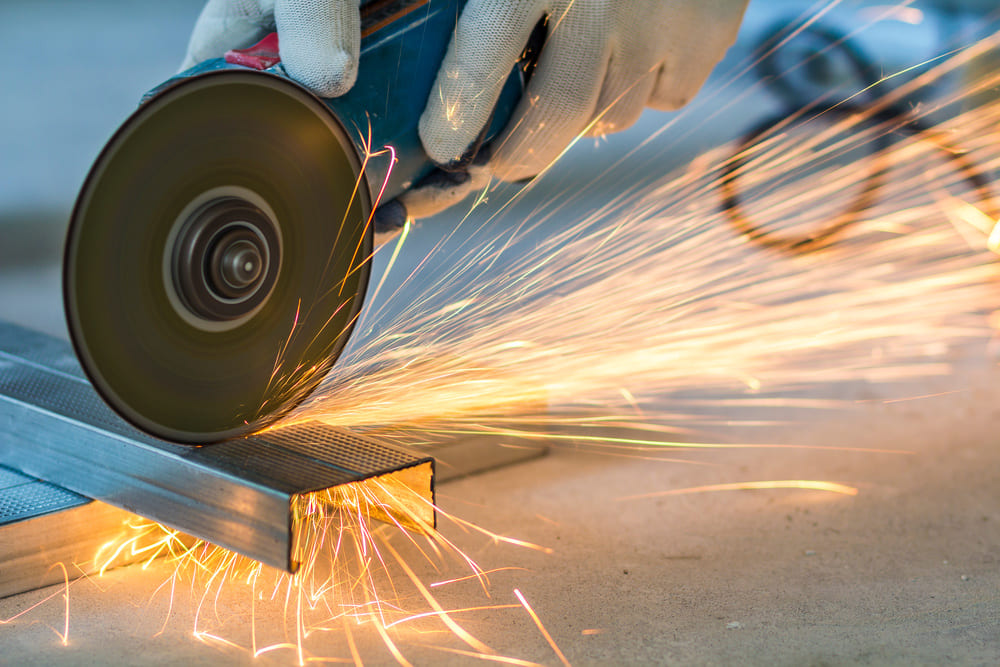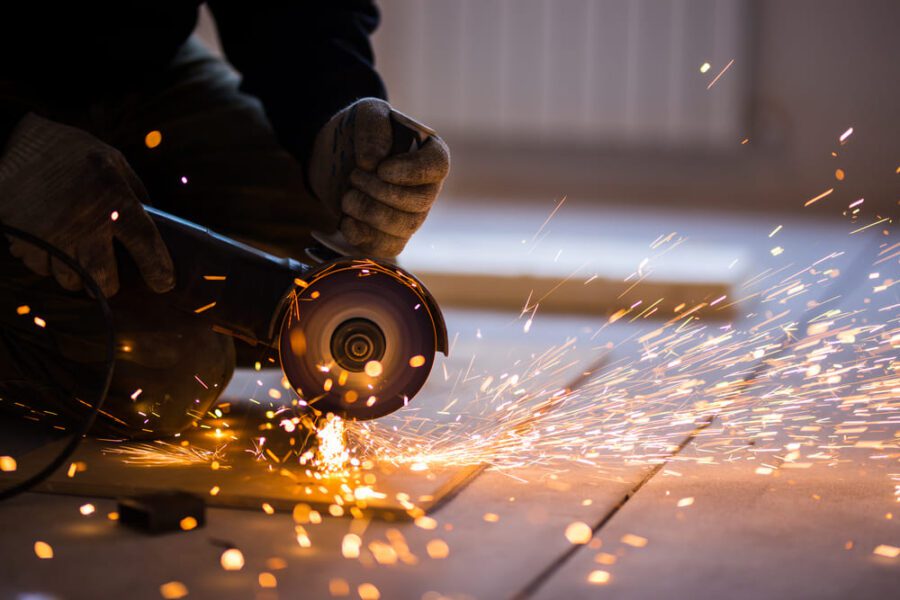Devour Tools offers a good selection of diamond blades, premium blades, and bits. If you need a metal diamond blade, no worries. If tile diamond blades are what you are after, just ask. We have what you need for nearly any application. Just make sure you know the difference between a continuous rim and segmented blade. After all, you want to choose the right blade for the job.
The biggest difference between continuous rim and segmented blades is blade construction. It is easy enough to see with the naked eye. A continuous rim blade is a solid piece with a continuous cutting surface around the entire diameter. A segmented blade is divided into multiple segments with notches that are built in. Just three or four notches in a segmented blade can make an enormous difference in how it works.
More About Segmented Diamond Blades
For the remainder of this post, everything we discuss will be in relation to diamond blades. A segmented diamond blade offers plenty of cutting surface to get through those tough jobs. Segmented blades are generally chosen for applications like concrete, brick, masonry block, and reinforced concrete. You get a quick and rough cut with no fuss.
Obviously, a segmented blade is not the right choice for precision work. But it can be used for both wet and dry cuts. The big advantage of the segmented blade is that it doesn’t necessarily need a liquid coolant. The notches in the blade material draw air down to help cool the blade while it is working. As an added bonus, the notches make it easier for the blade to channel away debris.
We normally see the segmented diamond blade easily slicing through something like concrete. But because of the notches, chipping is always a risk. Operators should be cognizant of that risk at all times, especially when working with materials like marble, granite, and brick. Safety glasses and other protective equipment are non-negotiable.
More About Continuous Rim Diamond Blades
The continuous rim diamond blade tends to be a softer bond blade chosen for precision work. It is the blade of choice for porcelain, glass, granite, and tile – essentially those materials that are too easily chipped by segmented blades. They can be used wet or dry, though it is almost always better to use them wet.
Wet cutting with a continuous blade not only cools the blade, but it also prolongs blade life by continuously flushing out dirt and debris. You get less friction during the cut. You also generate less heat, which definitely reduces the life of a diamond blade.
Also note that continuous rim blades are designed to operate at lower speeds. The trade-off is a much cleaner cut more appropriate to precision work.
Always Consider Blade Hardness
Whether you are using segmented or continuous rim diamond blades, always be cognizant of the blade hardness. By that we mean the bond between the blade surface and the diamonds attached to it. Bond hardness is measured as soft, medium, or hard. The harder the bond, the less quickly diamonds are exposed. Note that gradual diamond exposure is normal.
Softer bonds are ideal for hard and dense materials like porcelain and tile. On the other end of the spectrum, more porous materials are better attacked using blades with harder bonds. Think concrete and asphalt. These more porous surfaces can do a number on soft bonds quickly.
As always, do not be afraid to ask questions about our segmented and continuous rim diamond blades. We are always ready to provide an answer. Our goal is to make sure you always have the right blade for the job.



